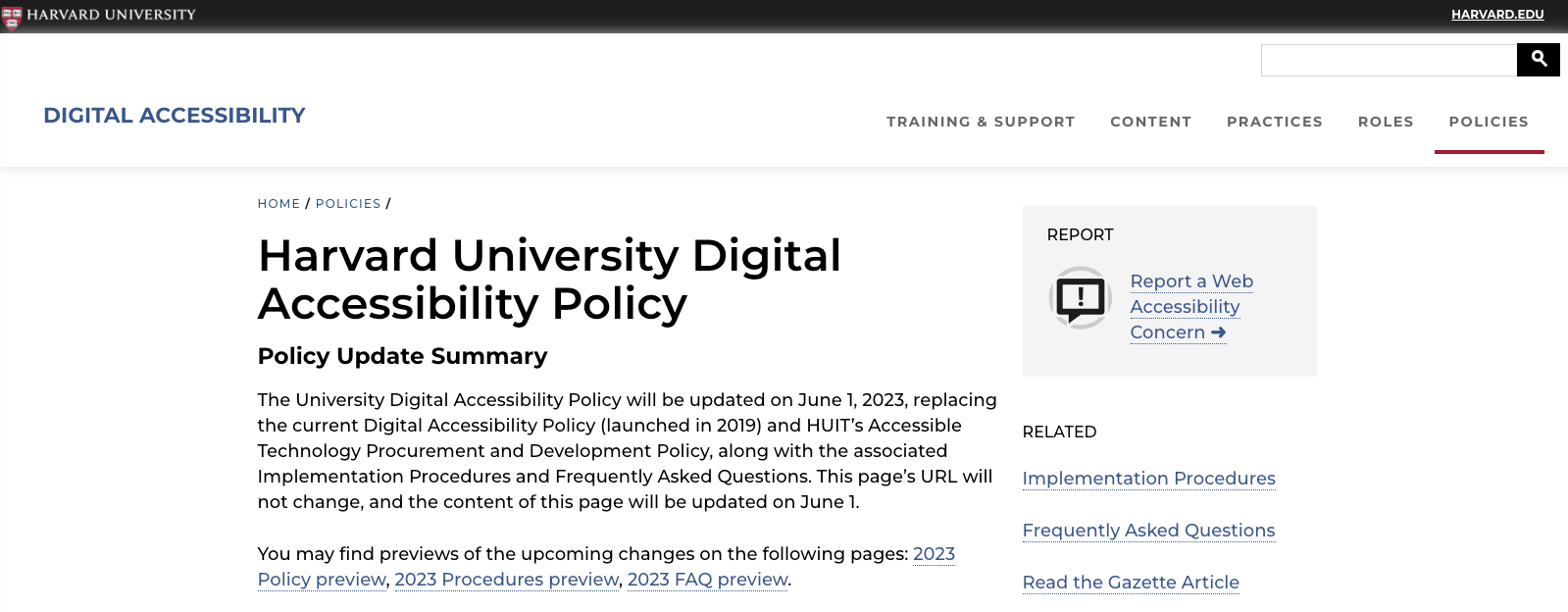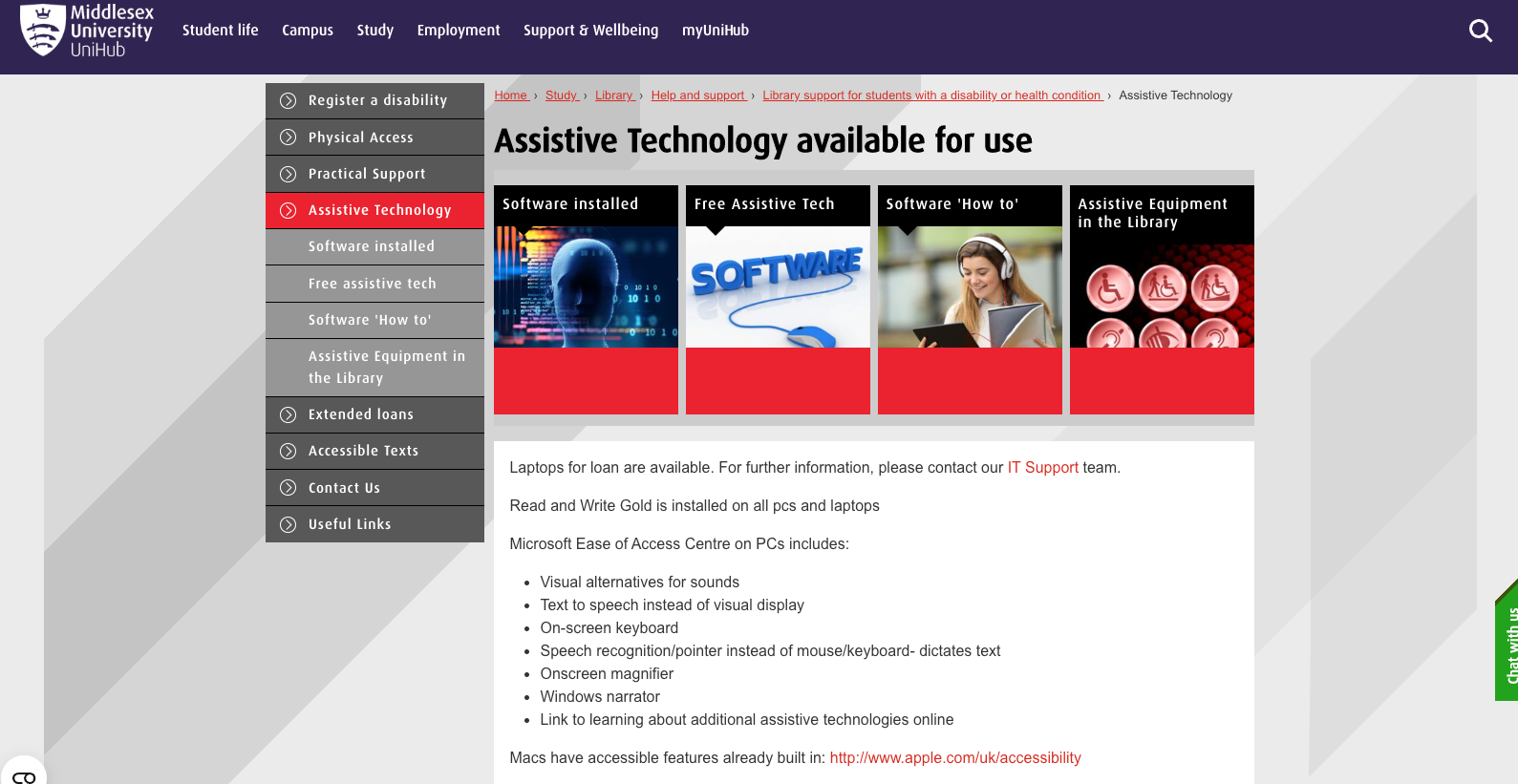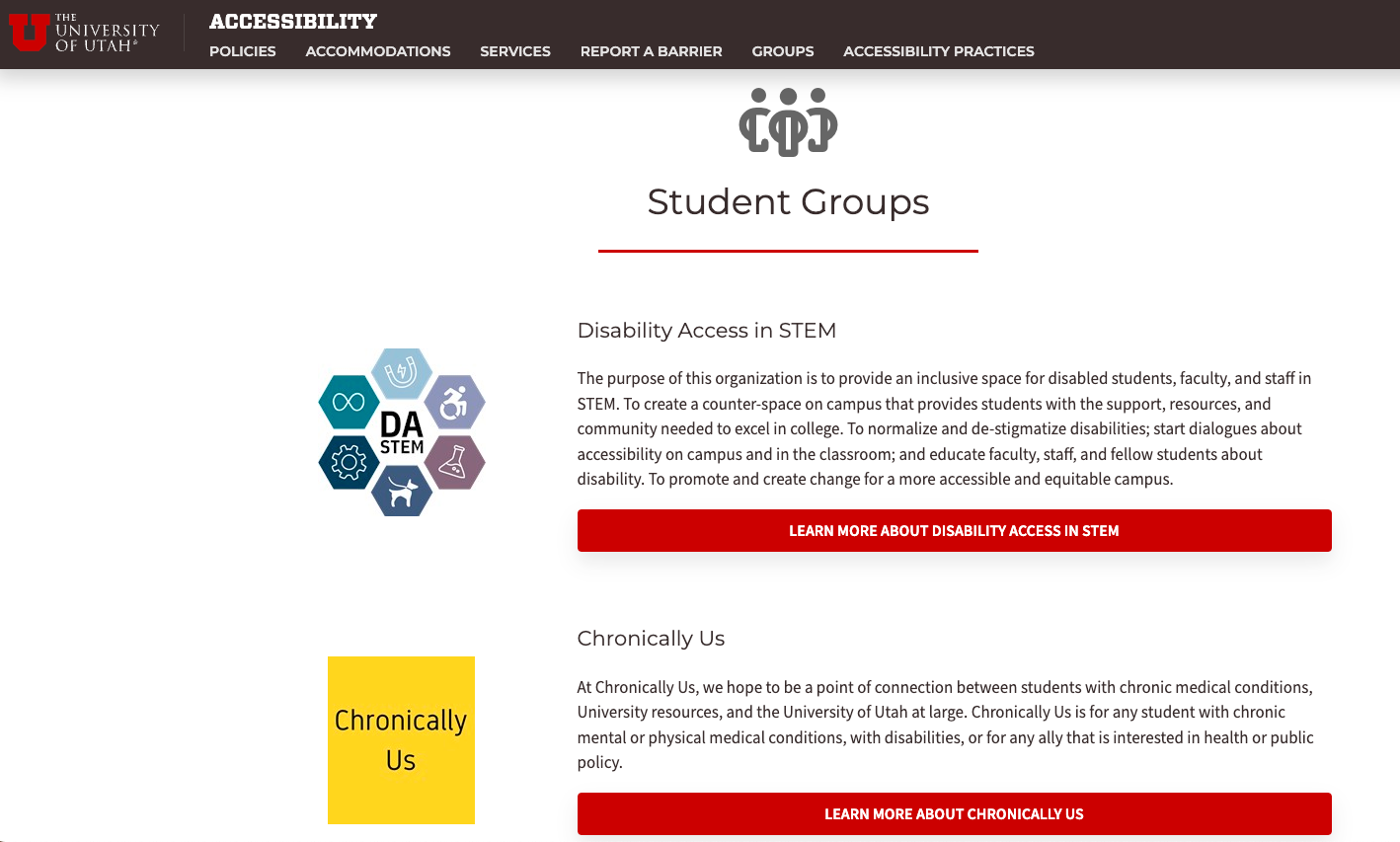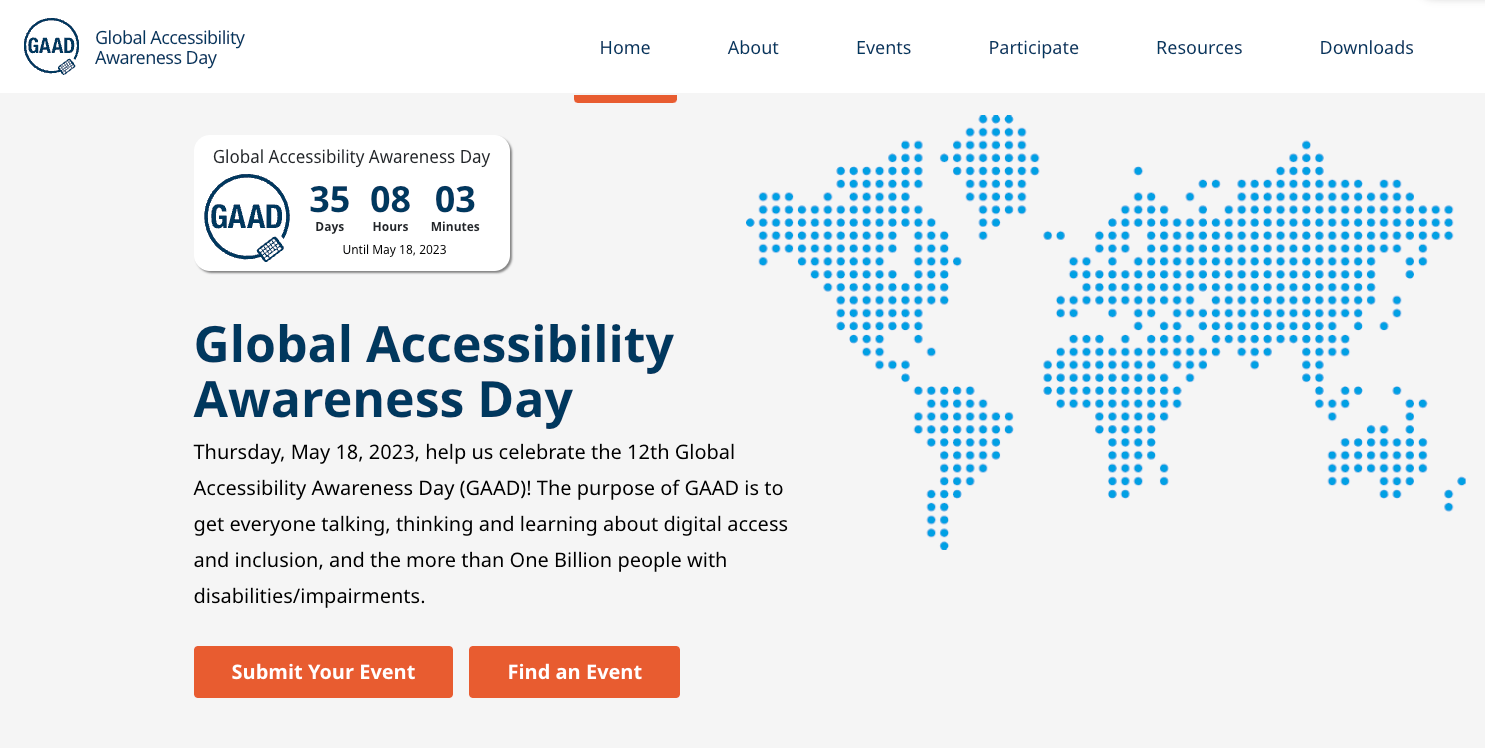Web accessibility is a critical challenge facing universities as digital technologies become increasingly important in higher education.
For students with disabilities, inaccessible websites and online resources can create significant barriers to learning and academic success.
That's why it's important to raise awareness of web accessibility on campus and ensure that all digital resources are designed to be accessible to everyone.
In this guest blog post by Little Forest, experts in accessibility for higher education, we'll explore strategies for promoting web accessibility at your university.

1. Auditing your websites is a must-do
Auditing your websites is a crucial first step to ensuring they're accessible to everyone. By conducting an audit, you can identify any accessibility barriers preventing people with disabilities from accessing your content.
Don’t limit your audit to your main website: include any subdomains or microsites, so you can get a comprehensive understanding of your website's accessibility and see what areas need to be improved.
There are online tools, such as Little Forest LFI, that can help your team conduct an audit of websites by building a report of your domains, websites, and pages.
You may be surprised to find sites you never knew existed.
2. Create an Accessibility Policy
Creating an Accessibility Policy is the next essential step to ensure that your organization is committed to providing an inclusive and accessible online experience.
An Accessibility Policy outlines the organization's commitment to accessibility, including its goals, procedures, and guidelines for meeting accessibility standards.
It should also define the roles and responsibilities of those involved in maintaining accessibility standards and provide guidance to address accessibility errors.
An excellent example is the Harvard University Digital Accessibility Policy, which sets the standard by outlining a clear approach to the management and delivery of accessible university websites.
Screenshot of Harvard University's Digital Accessibility Policy
3. Keep your Accessibility Statement up to date
If you’re based in the UK or EU, you’ll also be required under law to have an Accessibility Statement.
Your Accessibility Statement is a public-facing document prepared from your Policy that outlines your website's accessibility features and level of compliance with accessibility standards.
The Statement will also provide useful information, such as whom to contact at your school if you have accessibility needs.
- In the UK, the government regularly updates guidelines, which you’re expected to use as a template for the Accessibility Statement.
- And in the US, the Department of Justice is about to introduce a new rulemaking procedure for standards that will be applicable to state and local bodies.
So it’s important to keep your Statement current as your website evolves by staying familiar with emerging accessibility standards.
4. Conduct a survey or poll to gauge awareness of web accessibility
If you're not sure how aware people on your campus are of web accessibility challenges, you can conduct a survey or poll to get a sense of where people are at.
You can ask questions about whether people know what web accessibility is, whether they have experience with accessible websites, and what they think should be done to promote accessibility on campus.
By sharing the survey or poll results with the community, you can raise awareness of web accessibility and start a conversation about how to promote it on campus.
5. Reach out to student groups and organizations that focus on accessibility or disability rights
Many student groups and organizations that focus on accessibility or disability rights are probably already on your campus.
You can reach out to these groups and organizations and collaborate with them on events and initiatives related to web accessibility.
By working together, you can create a more comprehensive and effective approach to promoting accessibility on campus.
You can also learn from the experiences of these groups and organizations and incorporate their insights into your own efforts.
6. Use social media to promote web accessibility
Social media is a powerful tool for promoting web accessibility.
You can use platforms like LinkedIn and TikTok to share resources, news, and events related to web accessibility.
Good hashtags to check on LinkedIn, Twitter, or TikTok are:
- #a11y
- #accessibility
- #inclusivedesign
You can also use relevant hashtags to reach a wider audience and tag relevant individuals and organizations to get their attention.
By using social media to promote web accessibility, you can reach a larger audience and create a conversation about the importance of accessibility in higher education.
7. Create and distribute informational materials
Creating and distributing informational materials, both online and offline, is another way to promote web accessibility on campus.
A great starting point for ideas is Middlesex University's Mini-Hubs.
Middlesex University's Accessibility Mini-Hub
These are places where information is brought together into one place for students to access all the information rather than having to search around for links dotted around your sites.
You can create flyers, posters, or brochures that explain the importance of web accessibility and provide practical tips on creating accessible websites and digital resources.
You can distribute these materials in high-traffic areas on campus, such as libraries and student centers, to raise awareness of web accessibility and encourage people to learn more about it.
8. Start a club or organization dedicated to promoting Web Accessibility on Campus
Another way to get people talking about web accessibility is to start a club or organization that focuses on promoting accessibility on campus.
This can include organizing events, workshops, and training sessions to raise awareness of the importance of web accessibility and provide practical tips for creating accessible websites and digital resources.
Some examples:
- University of Toronto Accessibility Awareness Club
- Access Club at Penn State
- Student groups at the University of Utah
- University of Illinois Chicago ACCESS Club
The University of Utah's student accessibility groups
By bringing together students, faculty, and staff who are passionate about accessibility, you can create a community that can work together to promote accessibility on campus.
9. Partner with the University's IT Department to develop Web Accessibility Guidelines and Best Practices
Lastly, it's important to work with the university's IT department to develop web accessibility guidelines and best practices.
These guidelines can provide a framework for ensuring that all digital resources on campus are designed to be accessible to everyone.
By partnering with the IT department, you can create a more comprehensive approach to promoting web accessibility on campus and ensure that accessibility is integrated into all aspects of the university's digital infrastructure.
This can include accessibility audits of existing websites and resources, accessibility training for web designers and developers, and ongoing monitoring and evaluation of accessibility errors.
10. Host a Seminar or Workshop on Web Accessibility
One way to promote web accessibility is to host a seminar or workshop on the topic.
You can invite speakers from both inside and outside your university or college to share their knowledge and experiences with web accessibility.
This can include accessibility experts, web designers, students, and faculty members who have experience with accessibility guidelines.
By bringing together a diverse group of people, you can create a dialogue about the importance of web accessibility and share practical tips and strategies for creating accessible websites and digital resources.
One great way is to organize Global Accessibility Awareness Days such as UW GAAD at University of Washington and GAAD at Oxford University.
You can create your own Global Accessibility Awareness Day event at your university or college
Looking ahead
Promoting web accessibility on campus is a critical issue that requires a multifaceted approach.
By starting a club or organization, hosting workshops and seminars, conducting surveys, reaching out to student groups, using social media, creating informational materials, and partnering with the university's IT department, you can create a more accessible campus and promote equal access to digital resources for all students, regardless of ability.
Promoting accessibility is an ongoing process that requires ongoing collaboration and dialogue between students, faculty, staff, and the IT department.
With persistence, dedication, and a commitment to accessibility, we can create a more inclusive and accessible campus for all.
This article is a guest post by LittleForest.
Formed in London in 2007, Little Forest provides award-winning website Quality and Accessibility software, an essential part of any web strategy.
Little Forest is a company that believes in creating a brighter future one day at a time and that in measuring and planning what to improve, we can make our lives better, no matter where we start from.
The Little Forest service monitors websites and helps people improve the quality of the customer experience by working to make better websites by creating better habits in your teams.
 The Little Forest team
The Little Forest team

:format()//media/10-strategies-to-improve-your-higher-ed-website-accessibility-RQ.png)



